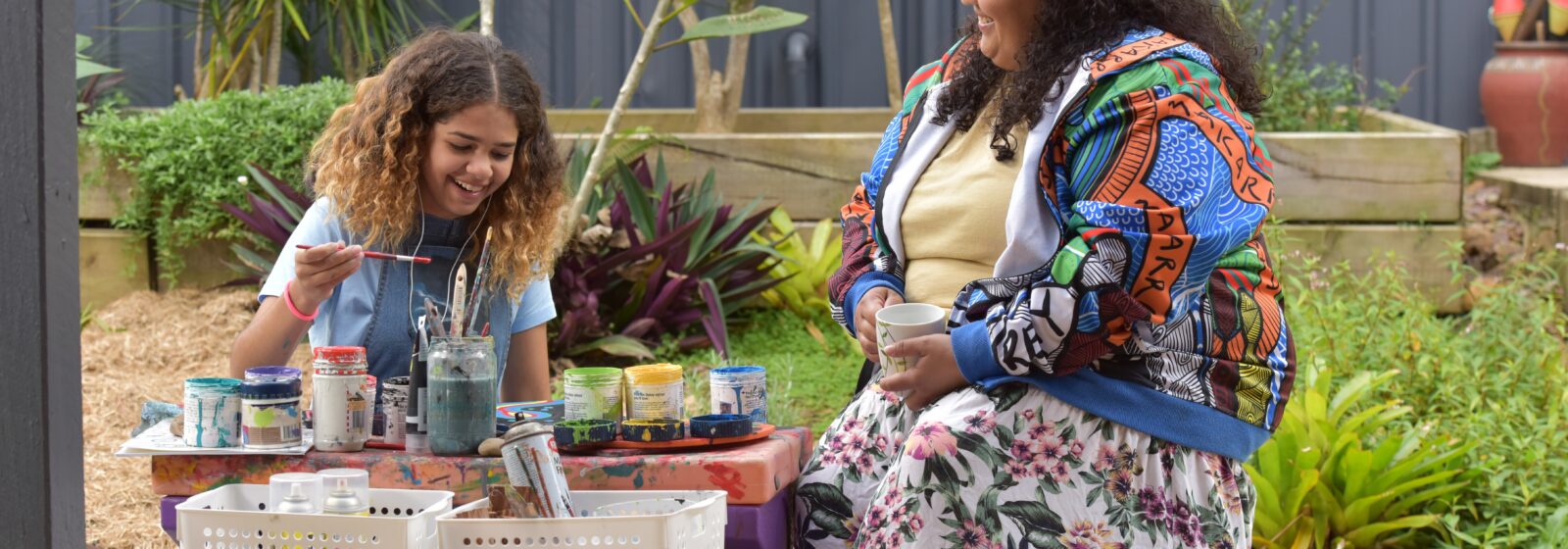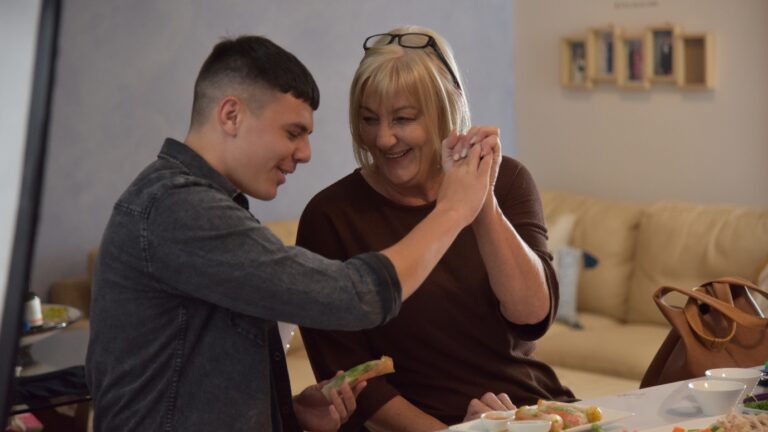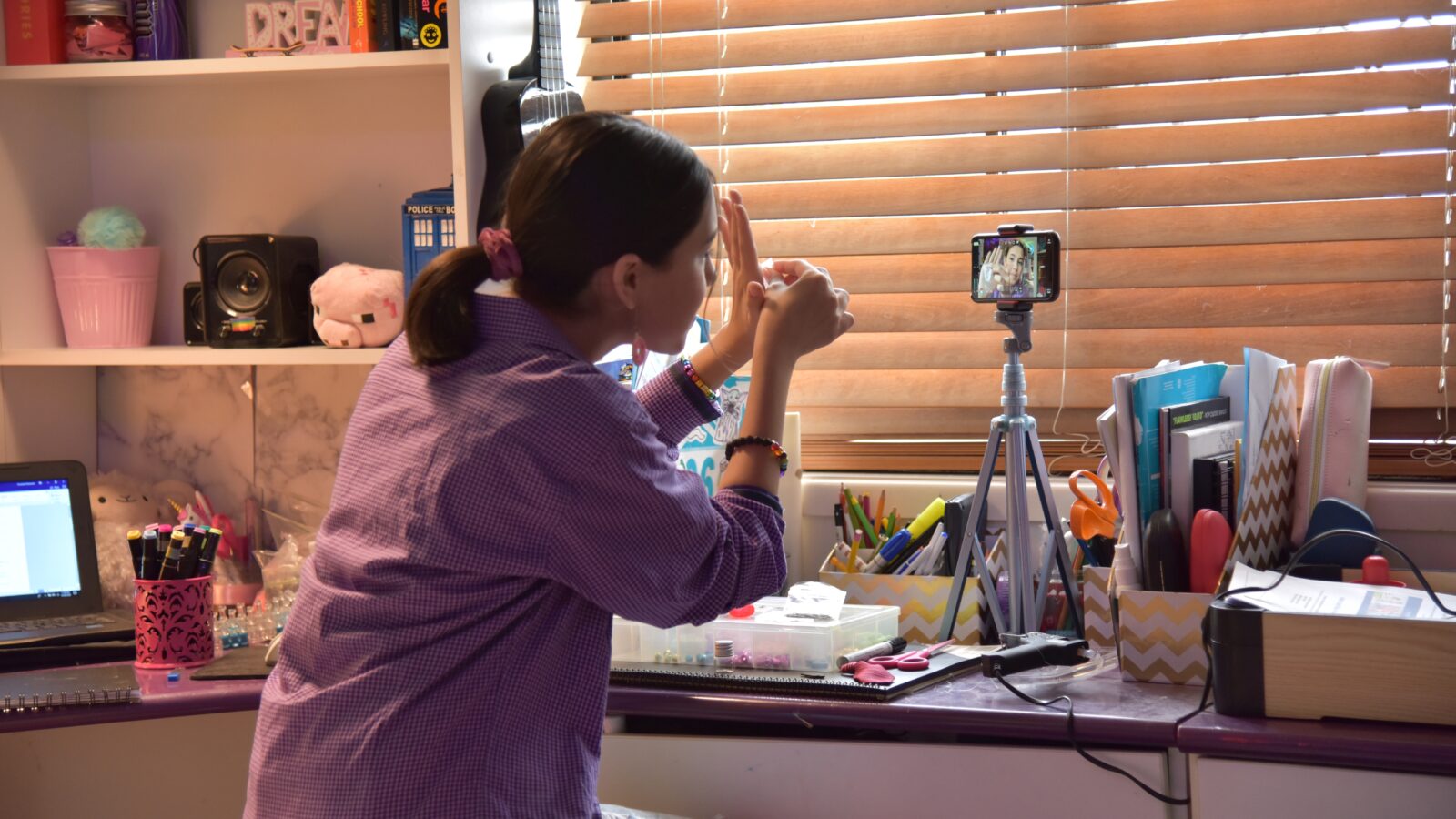Positive goal setting for kids is about making goals challenging but achievable so a child feels energised and motivated to stick at them. The trick is to find the right level of challenge to meet your child where they’re at. Encouraging your child to set goals can help them engage better at school while building valuable skills for life.
Skills for school and life
Here are some of the valuable skills and experiences that goal setting can give kids:
• increased awareness of their strengths
• an ability to visualise future possibilities and plan for them
• help in clarifying what is important to them
• a chance to take responsibility for their choices
• insight into how to make decisions
• an understanding of how to organise time and tasks
• an opportunity to take an active role in building their own future
• a sense of motivation through having something to hope and work for
• a greater sense of direction and purpose in life
• a positive experience of what success feels like when they reach their goal.
Make the goals attainable
Goals need to be challenging but not out of reach. You know your child best and understand how much of a challenge they can handle. But if you’re not sure, start small and build up their resilience gradually. Breaking down goals into smaller steps allows your child to experience a sense of achievement along the way which can help keep them interested. Help your child set goals that are realistic so they can experience the sense of accomplishment that comes with reaching a goal. For example, a goal such as, ‘I will get to English class on time’ or ‘I will get good grades for effort’ might be more realistic for a child than a goal like, ‘I will get straight As and Bs in every subject this year’. If you’re having trouble getting them motivated, start by picking a goal related to their interest area – their spark – something that gets them excited. Little wins in their area of interest can give them the confidence to try a small goal in another area. Take it step by step and watch their confidence grow as your child experiences what success feels like.
Make the goals actionable
To help kids reach their goals, it’s important to define how they are going to make it happen. It’s not enough for them to say, ‘I will get selected for the netball team’ as this does not talk about what they will need to do to reach that goal. It’s better to say, ‘I’m going to be selected for the netball team by spending 30 minutes each day practising ball drills and turning up to practice three times a week’ because that goal makes it clear what they need to do. Similarly, saying, ‘I want to improve the environment’ would be too vague for many young people. However, a goal that sets a specific task like, ‘I’m going to recycle all my plastic bottles to help improve the environment’ is easier for them to act on.
Make the goals measurable
Setting clear and measurable goals means it is easier for a child to see they are making progress. If a goal is too non-specific, it can be hard for a child to work out how to get to where they want to be. For example, measurable goals like, ‘I aim to learn ten new spelling words each week’ or ‘I aim to read one chapter of a book in English each week’ give kids something tangible to work towards. To encourage your child to set measurable goals, pose questions like, ‘What do you need to do to make that happen?’ or ‘How will you know when you’ve reached your goal?’. Encourage them to write them down, make a chart, or drawing that they can hang on the wall and watch their progress towards their goal each day.
Make the goals time-specific
Setting a time frame for goals can help motivate your child as they track their progress and see how close they are getting to reaching their goal. Help your child set realistic timeframes that are not too soon or too far in the future so they have a better chance of achieving them. For example, if a child wants to improve their reading, setting a goal to read one book by the end of each month creates a timeline that motivates them to act but is still attainable. Setting a smaller goal to read one book each month can help a child build towards a larger goal of reading 12 books by the end of the year.
Make sure it’s their goal, not yours
Sometimes it can be hard to step back and let your child make their own choices. But when it comes to positive goal setting, kids are more likely to take responsibility for achieving their goal if it’s their goal, not yours. They might come up with some crazy goals, but the process of negotiating and guiding them towards an achievable goal is great for their brain development. Guide them towards goals that reflect who they are and what makes them tick by helping them nurture their spark in a positive way.
Record the goals and talk about them
Your child’s goals for school can be about many things, from arriving at school before the bell rings, asking for help when they need it, to speaking kindly to teachers and peers, to improving their academic performance or learning a new musical or sporting skill. Whatever their goals are, they are more likely to stick at them if they record them and read them as often as possible. Consider letting them design their own way to display their goals and put them somewhere visible like on the fridge. And when the time feels right, regularly talk them through with your child so you can celebrate any wins and see what support they might need from you to get them over the line.
Last Updated: 22 December 2022





